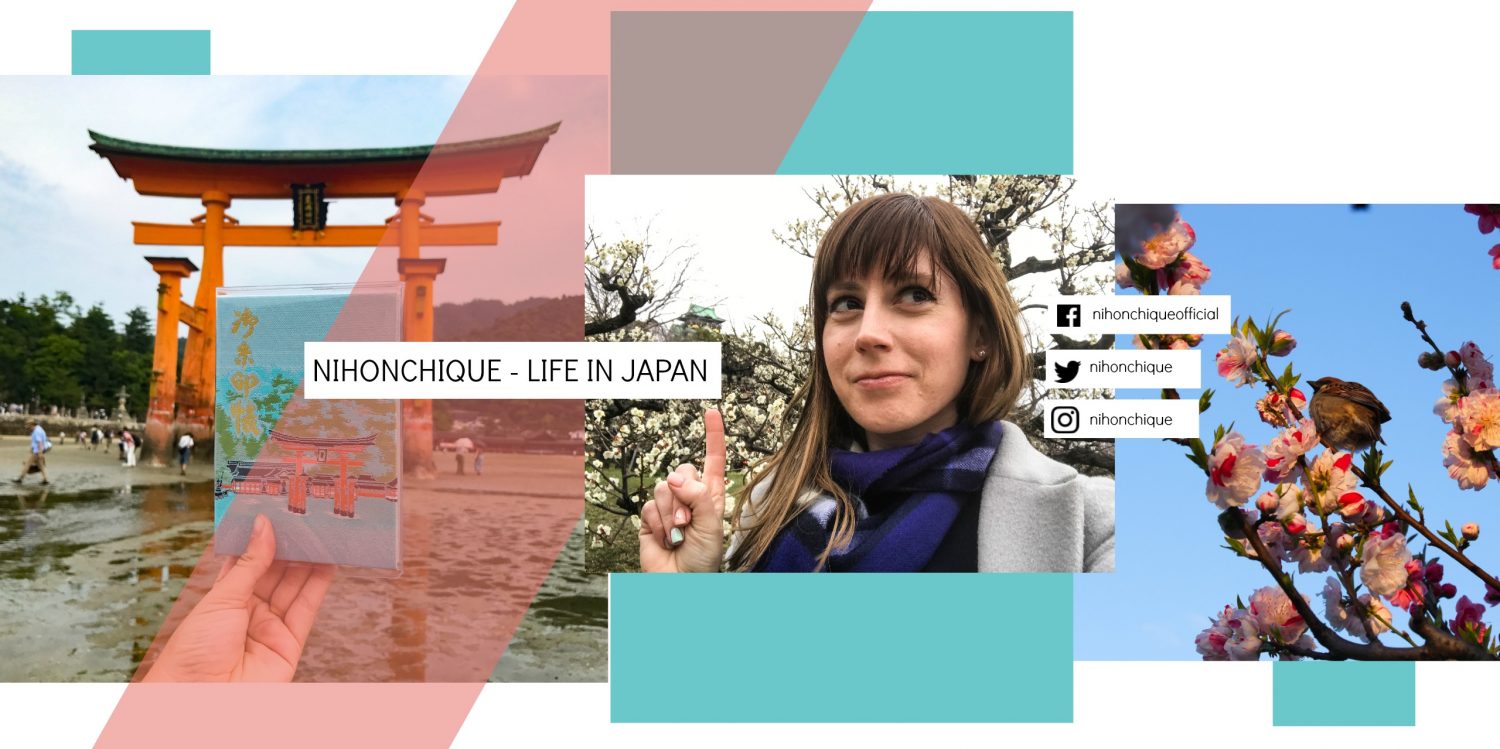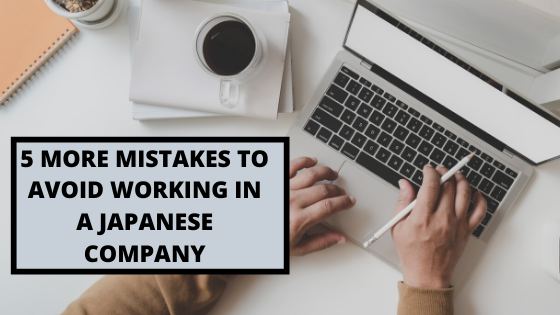
Back by popular demand from the previous post, here are 5 more mistakes to avoid working in a Japanese company. These are a bit more
Eye Contact
Eye contact is actually considered aggressive in Japan, and not just in a business setting. You will notice that people, especially people of “lower rank” then you won’t make direct eye contact very often. Coming from the west this can be seen as the Japanese being “shy” but that’s not the case at all. It’s just impolite and aggressive to be making direct eye contact for a long time and makes them uncomfortable. When receiving criticism from a boss this is prevalent in a work setting, as it’s seen as not being cooperative to your boss. Don’t look down, but don’t stare directly into his eyes either. When I go in and see a higher up in the company to talk to them about something, I normally put my focus a bit off to the side like I am thinking and absorbing the information, write notes (like I mentioned before), and every so often turn and acknowledge him with brief eye contact. Don’t be scared though! Most of the time they understand that foreigners have different habits than them, but just be aware that direct eye contact too much can be seen as aggressive.
Not Being Aware of Seating Hierarchy
In a traditional Japanese company, seating charts and the position people sit in is VERY important. This goes for company “Nomikai” as well, elevators, cars, EVERYTHING. This is called “sekiji” 「席次」, or the “seating order” and the ranks are Kamiza” 「上座」the most important seats going down to “Shimoza” 「下座」 means the lowest ranking seat. Most of the time the most important person will sit in the back corner of the room, or at the back head of the table farthest from the door, with the rank going down from there towards the door. If the door has seats facing it, the higher ranked people will sit facing the door with the highest ranked farthest from the door. Rank changes depending on who the people are at that moment in the meeting or in the room, but normally the higher ups in the company are the Kamiza, followed by guests. Guests will trump higher-ups in the company to my knowledge if they are in the room at the same time. For more in depth information about this, check out this article I found with graphics from bunkablog. If you are confused, simply ask a co-worker! Don’t be afraid to ask as you are learning a new culture. I have been working in Japan for 5 years and I still mess up.
Giving a person a handshake when you meet or greet them
This might seem obvious, but handshaking is not normal in a Japanese company. When meeting someone for the first time, stand up if they have come into the room, face them directly state your name and give them a small bow and “yoroshikuonegaishimasu”「宜しくお願いします」, which directly translates to “please treat me well” but its more treated like a “its a pleasure” more than anything. Within the company, walk into a room and slightly bow with either “otsukaresamadesu” 「お疲れ様です」or “shitsureshimasu”「失礼します」(a greeting when entering or leaving a room or a house), but don’t go and shake someones hand. I don’t think I’ve ever shaken my boss or CEO’s hand. It’s not a taboo, but if you want to fit in more it’s better not to shake hands.
Referring to another person in your company as “-san” when talking about them without them present To someone outside the company
That was a mouth full! This is more of a Japanese lesson, but I had a hard time with this when I started speaking more business Japanese. Almost everyone knows that you put “-san” at the end of someones last name in Japan, but when referring to them without them present or on the phone, both instances to someone outside the company, “-san” is not put at the end of their name. There really isn’t any meaning behind it, its just not done in Japan and Japanese people will probably think it’s weird if you keep on saying it. Here is are two examples:
In person:
Customer: When can you get the data to us by? Can you ask Takana-san?
データはいつに納品出来ますでしょうか?田中さんと確認を頂けますか?
Me: I will speak with Tanaka to double check, but I think by Friday.
念のため田中と話しますが、金曜日ぐらいに納品出来ると思います。
Phone:
Customer: Can I please speak with Tanaka-san?
田中さんはいらしゃいますか?
Me: Oh, I am sorry Tanaka is not at his desk right now, can I get your name and number? I will have him call you back right away.
申し訳ありませんが田中は只今席を外しておりまして、名前と電話番号を頂いたらすぐに掘り返しさせて頂けます。
Serving coffee to your co-worker or boss before serving the guest
Serving guests in the office is normally the job of women in the office to serve coffee or tea to guests or for higher ups in the company for meeting, but I think it’s a good thing for everyone to know. When a guest comes into the office they trump everything. The guest should be served before your co-workers and then should be done by rank. They should already be seated by rank, so follow the rank seating chart I mentioned above and you should be set!
How do these mistakes compare to mistakes in your country? Have you made any of these mistakes before? Let me know in the comments below!


2 thoughts on “Working in a Japanese Company: Part 8 – 5 More Mistakes to Avoid Working in a Japanese Company”